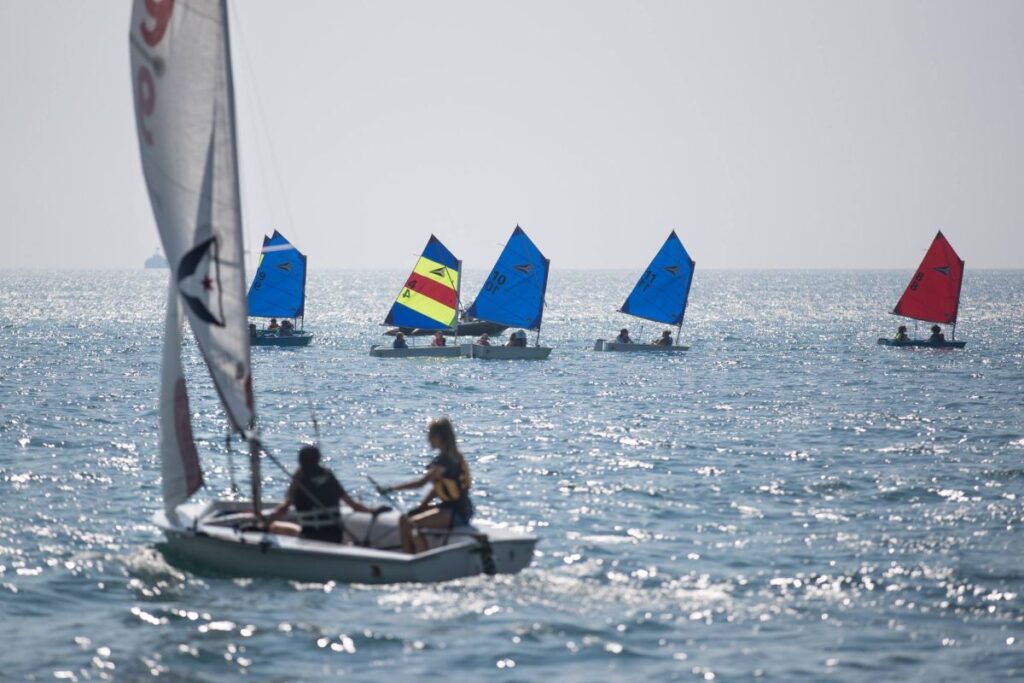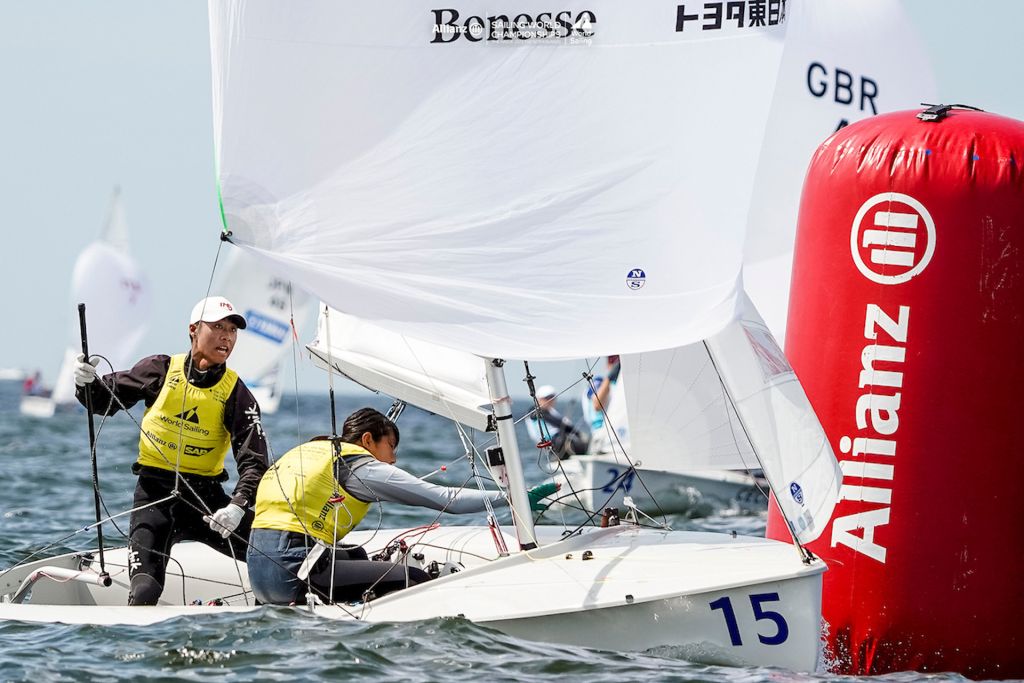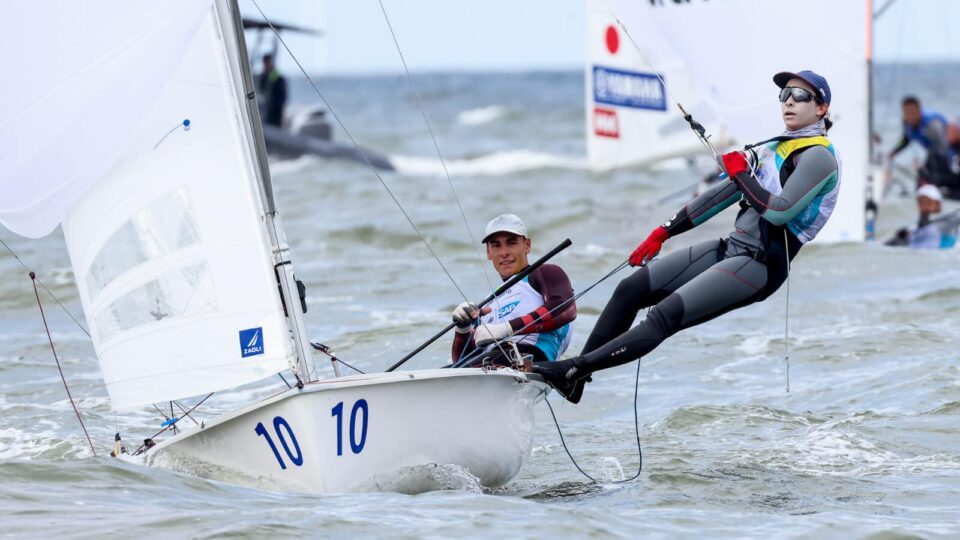How Does a Boat Sail Upwind? Unveiling the Mechanics of Against the Wind Sailing
Sailing is often associated with gliding effortlessly downwind, with billowing sails capturing the wind’s energy. However, a true test of a sailor’s skill lies in their ability to navigate upwind, a maneuver that seems counterintuitive considering the wind’s direction. The physics and mechanics behind sailing upwind are fascinating and crucial for understanding the art of sailing. In this article, we delve into the principles that enable a boat to sail against the wind.
Understanding the Challenge: The No-Go Zone
When sailing upwind, a sailboat must navigate a narrow angle, known as the “no-go zone,” where it cannot sail directly into the wind. This seemingly insurmountable obstacle is due to the aerodynamic principles of lift and drag. As the wind strikes the sail, it creates an area of low pressure on the windward side and an area of high pressure on the leeward side. This pressure differential results in lift, much like an airplane wing generates lift in the air. However, at a certain point, the boat cannot sail closer to the wind without losing this lift and stalling.
In the context of sailing, the no-go zone typically falls within about 45 degrees on either side of the direction from which the wind is blowing. This means that if the wind is coming directly from the front of the boat (at 0 degrees), the boat cannot sail closer than 45 degrees to either side of this direction. This constraint poses a challenge when trying to sail directly into the wind.
Utilizing Apparent Wind
To overcome the limitations of the no-go zone, sailors rely on a concept known as apparent wind. Apparent wind is the combination of the true wind – the wind blowing over the Earth’s surface – and the wind generated by the boat’s motion through the water. As the boat sails at an angle to the true wind, the wind experienced by the boat appears to come from a different direction and at a higher speed than the true wind.
When sailing upwind, the boat’s course is adjusted to create the optimal angle between the true wind and the apparent wind. This enables the sails to maintain their lift-generating shape, even though the boat is technically sailing into the wind. By continually adjusting the sail angle and boat direction, sailors can effectively tack back and forth to make progress upwind.

>>Also Read: How Does Sailing Work? The Physics of Sailing
Tacking: Navigating Upwind
Tacking is the primary technique sailors use to make headway against the wind. It involves sailing the boat on a zigzagging course, alternating between sailing close to the wind on one side and then the other. The process can be broken down into several steps:
- Sailing Off the Wind: The boat starts by sailing at an angle away from the wind, known as a broad reach. This allows the sails to generate lift and propels the boat forward.
- Initiating the Turn: As the boat gains momentum, the sailor steers the boat into the wind, crossing through the no-go zone. The boat’s momentum and the angle of the sails generate forward lift, preventing the boat from stalling.
- Heading Upwind: After completing the turn, the boat sails on the opposite tack, closer to the wind. The sails are trimmed in, and the boat continues to generate lift, moving forward in a different direction.
- Repeating the Process: The boat continues this pattern of tacking, gradually making progress upwind.
Balancing Forces: The Role of the Keel and Centerboard
Maintaining stability is crucial when sailing upwind, as the boat is often tilted on its side due to the angle of the sails and the forces from the wind. The keel or centerboard plays a crucial role in counteracting these forces and preventing the boat from capsizing.
The keel is a weighted fin-like structure that extends beneath the boat’s hull. It generates lift in the water, counteracting the lateral force generated by the wind on the sails. The boat’s design ensures that the keel’s lift is greater than the lateral force, allowing the boat to maintain its course upwind.
Similarly, boats equipped with a centerboard use it to achieve the same effect. The sailor can adjust the depth of the centerboard to optimize stability and performance.

>>Also Read: Can Sailboats Tip Over?
Sailing Upwind: A Skill to Master
Sailing upwind requires a deep understanding of aerodynamics, physics, and navigation. It is a delicate balance between capturing the wind’s energy while maneuvering within the constraints of the no-go zone. The art of tacking and adjusting sail angles to create the best apparent wind angle is a skill that experienced sailors master over time.
Sailing upwind is not just about getting from point A to point B; it’s about testing one’s ability to harness the forces of nature to achieve a seemingly impossible task. Whether in a leisurely sail or a competitive race, the mechanics behind sailing upwind are a testament to human ingenuity and our ability to work in harmony with the elements.
